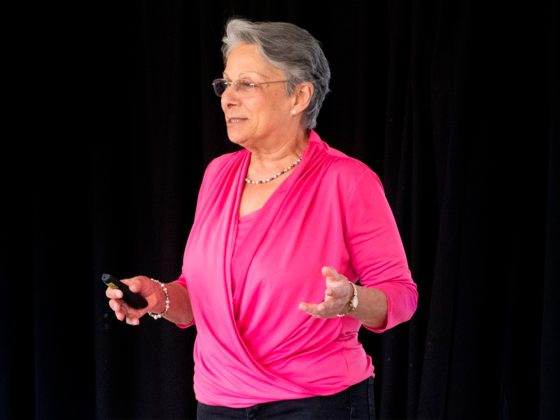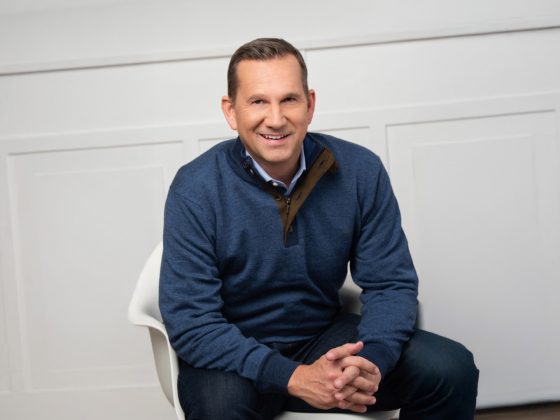Cybersecurity is evolving faster than most organizations can keep up. What worked five years ago is already outdated, and what works today might not hold up tomorrow. Richard William Bird has spent the past two decades on the front lines of this shift: as a chief security officer and a global advocate for digital identity and AI security. He’s watched the same mistakes play out time and again, from Fortune 500 companies to early-stage startups. And he’s not shy about what needs to change.
Make Identity The Foundation Of Security
Most organizations are still stuck in an outdated view of security. They build digital walls around their networks and hope nothing slips through. But that model falls apart when employees are logging in from coffee shops and systems are scattered across multiple cloud providers. Richard puts it clearly: “Digital identity is no longer just a compliance checkbox. It’s the core of your security architecture.”
The real issue, he says, is that too many companies treat identity like an IT problem rather than a business priority. They buy a tool, tick a box, and move on. But that mindset is backward. “Organizations need to stop thinking of identity as an IT issue and start treating it as a strategic asset,” Richard explains. Once that shift happens, everything else starts to align.
Take zero trust, for example. It’s a popular term, but not always well understood. “It only works when you can verify who is requesting access, what they’re trying to access, and why,” he says. Without strong identity management, zero trust remains just a buzzword. “Identity becomes the control point. The stronger your identity governance, the lower your risk surface.”
Prepare For The AI Identity Convergence
This is where things get especially interesting. AI isn’t a future concept anymore. It’s already shaping decisions across your systems, often behind the scenes. “AI is no longer a trend on the horizon. It’s embedded in how systems make decisions and how digital agents interact,” Richard says. The opportunity now is for organizations to catch up when it comes to managing AI identities. Just like employees, AI systems need credentials. They need to prove who they are and what they’re allowed to do. The difference is that AI agents can make thousands of decisions per second. “As AI becomes more autonomous, identity becomes more critical than ever,” he explains.
The path forward requires a new mindset. “Organizations must rethink their identity infrastructure with an AI-first approach. That means cryptographic authority, dynamic delegation, and agent-level traceability,” Richard says. In this new landscape, every AI system needs a verifiable identity, and every interaction must be enforceable and revocable.
Empower Your Consumers To Control Their Identity
This might be the biggest shift yet. Security teams used to focus on managing identities for employees, contractors, and customers. Today, that list includes applications, devices, services, and AI agents. Richard puts it clearly: “Identity is no longer just for humans. It’s for everything that thinks, acts, and connects.” Traditional identity systems weren’t designed for this level of complexity. They were built around static user profiles that rarely changed. But AI agents operate differently. They need dynamic, programmable identities that can adapt in real time. “Leaders must treat identity not as a static profile, but as a programmable, mission-critical asset built to manage intelligent, unpredictable systems,” Richard advises.
Even as he focuses on enterprise-scale solutions, Richard hasn’t lost sight of the individual. Most people still don’t understand how their personal data is shared across digital systems. They click “agree” on terms they’ll never read and hope for the best. “Digital identity isn’t just about protecting systems. It’s also about protecting people,” he explains. Companies can go beyond the legal minimum. They can empower users to understand and control how their data is used. That’s not just good ethics, it’s good business. “The future of secure identity is not just centralized control. It’s shared responsibility between enterprises and individuals,” Richard says.
The AI revolution isn’t on the horizon. It’s already here. Companies that wait for the next breach to rethink identity will always be a step behind. Richard’s advice is simple: “Let’s lead with identity and build a digital ecosystem where trust is verifiable, credentials are programmable, and identity is both secure and empowering.” The organizations that understand this won’t just survive. They’ll lead in a world where trust is everything.
Follow Richard William Bird on LinkedIn for insights into digital identity, AI security, and the future of trust.









